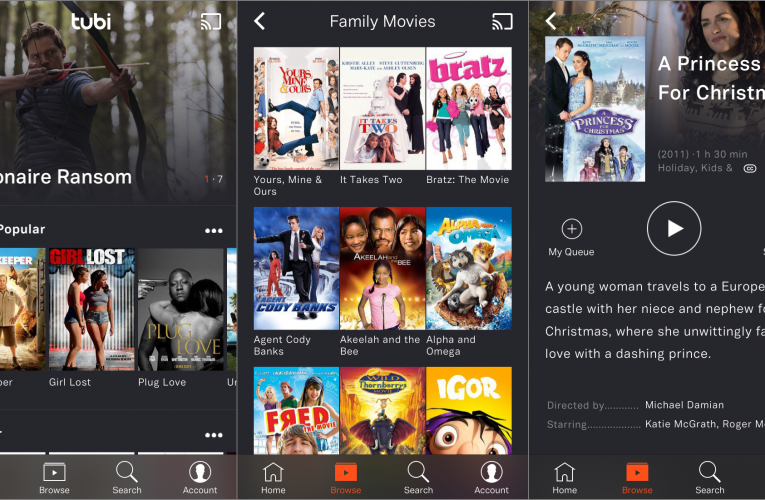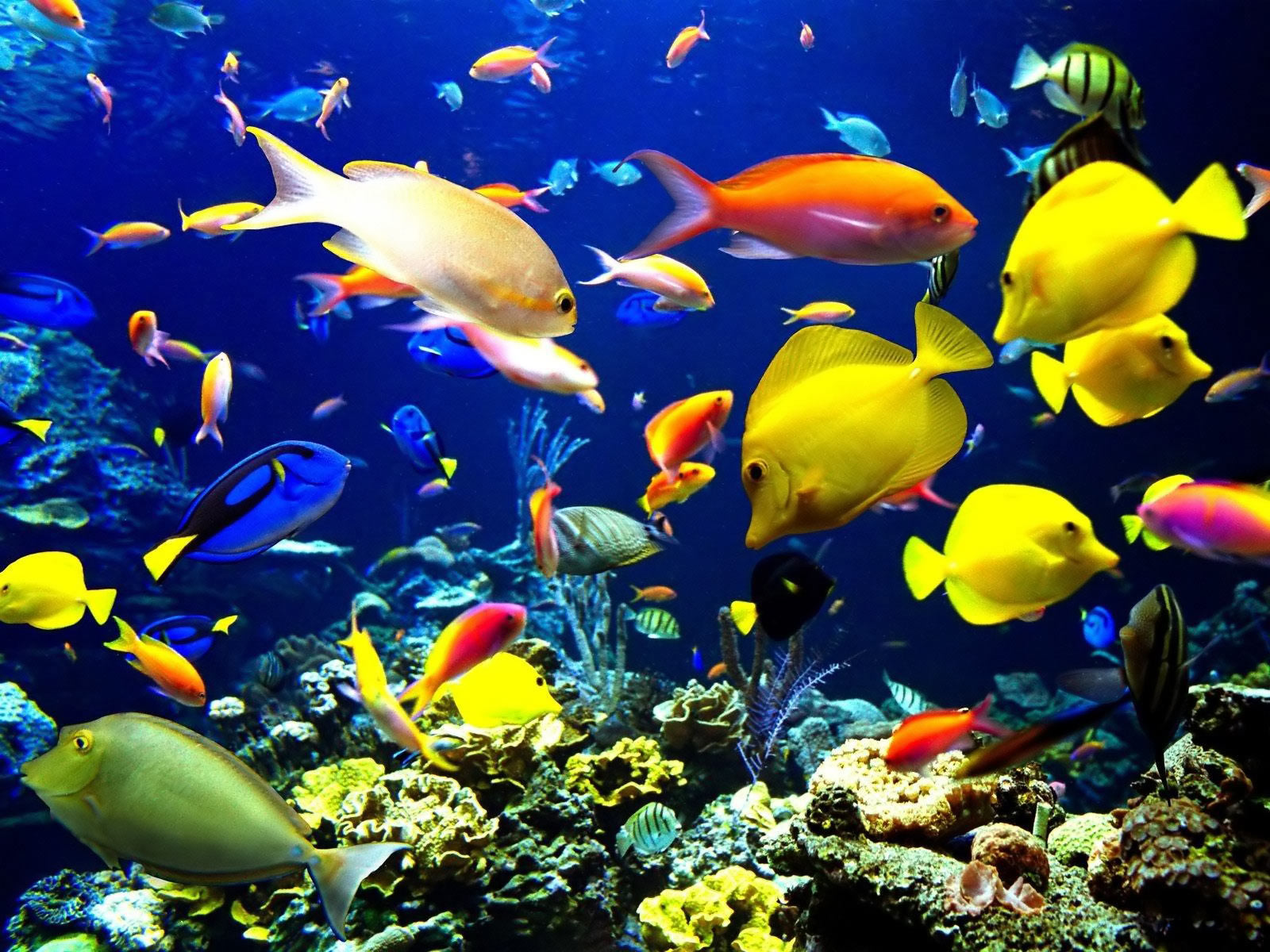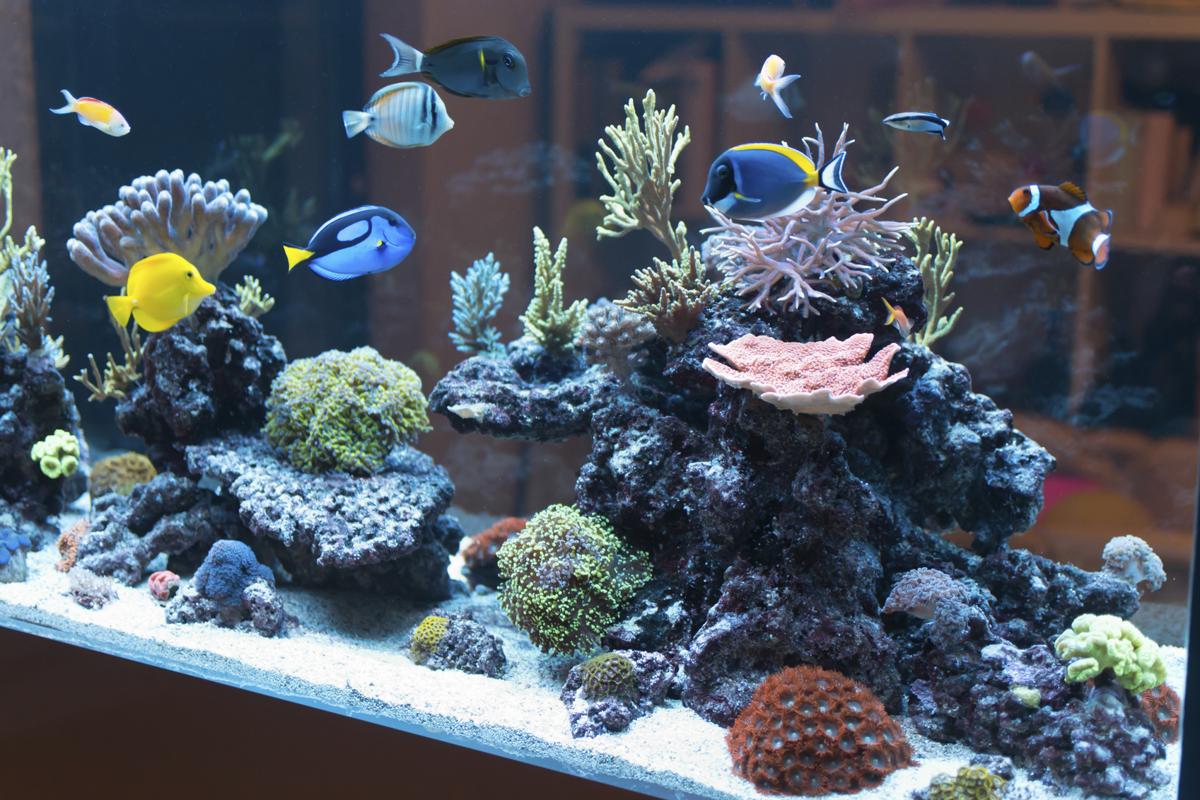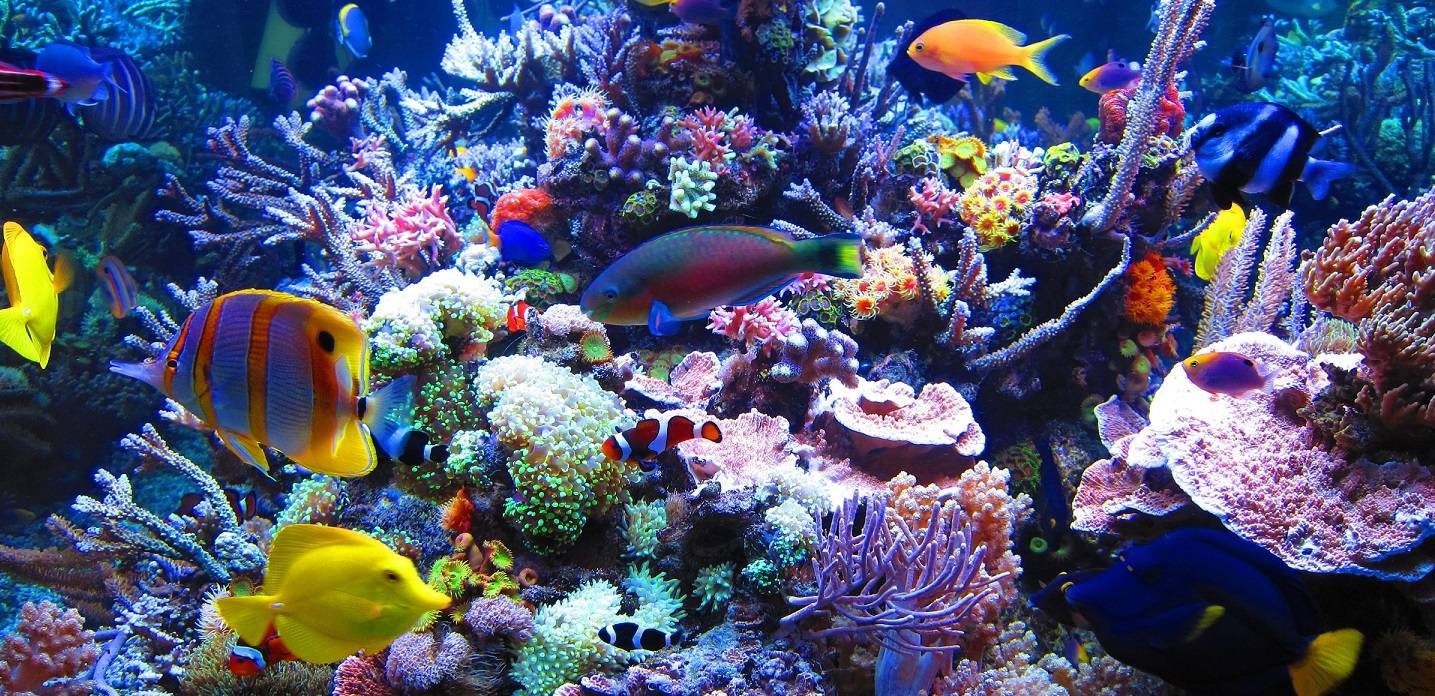Heart of My Heart Pet Boutique
We are a State Licensed, Veterinarian approved and recommended, 4 Paws Up-Pet boarding house. Our boarding house is in view from our home that sets back in the woods in a private, serene location. Our large size indoor/outdoor dog runs have a 4’x 4’ private eating and sleeping areas and a 4’x 10’ social outdoor area. Extra large run 8’ x 4’ private eating and sleeping area and a 10’ x 10’ outdoor area. The indoor areas are separated by walls so our guest’s eating and sleeping areas are undisturbed by their neighbors. The outdoor area of each run is separated by chain link fence where your pet can socialize without contact.
They will also have full view of the woods and can watch deer, rabbits and squirrels play. (They love to tempt our guests) Our horses that share their home with these critters are no exception to this game. It can be entertaining to them as well as us. We also have individual 10’x10’ cedar filled shaded play pens for extra outdoor playtime or for just lounging.

There is lots of room here for walks and leaving a mark on the world (which is one of our most popular activities). High quality food and treats provided although you are welcome to bring your own. We provide Eukanuba premium, Iams chicken or lamb and Purina foods. (If bringing your own food and treats they must be brought in a re-sealable container.) Medications are given at no added charge. (medications must be labeled clearly with pet’s name and dosage) Bathing is available by request if you would like your pet bathed before pick-up.
Price is quoted when you check-in your pet. If your pet has a grooming appointment scheduled while they are being boarded, we will be happy to drive them to and from their appointment provided it is within the city limits. Current Vaccinations, this includes: Distemper/combo, Rabies and Bordetella. Proof of vaccinations is required, no exceptions for your pets safety and others. Your dog should be on a routine worming schedule and must be free of fleas and ticks. We recommend using frontline or advantage on your pet during boarding and using a monthly wormer with heart worm preventive at home. To aid in keeping our facility flea and tick free, we do a routine check on all guests at the time of arrival. Any guests showing signs of fleas or ticks will be treated for them at the owner’s expense. We appreciate your understanding and cooperating in helping us keep our guests and premises “pest free”.
To view our boarding contract, click here…Boarding Contract and Agreement. You are welcome to bring a bed and toys so your pet will have familiar or favorite things while he or she is away from home. Rawhide chews have been known to be a choking hazard, so we do not allow these types of treats. We have approved bones, chews and toys available for purchase if you need them. Caring for your pet is a privilege and we do the very best to keep a clean well cared for facility where they can feel comfortable and well cared for. Most importantly we strive to maintain a safe atmosphere and our standards and services go above and beyond what our state license requires. Large – medium – small breeds $10.00 daily. Prices remain the same if we supply food and treats or you bring your own.
Extra large run for any size or breed $15.00 daily for 1 dog, $20.00 – $30.00 daily 2 dogs depending on size. Standard fees also apply to long term boarding. We feel in this situation your dog’s care requirements increase to keep them happy and healthy. A daily charge will not apply on the day of pick-up if you pick up your dog before 12:00noon. All of the services we offer are included in our daily fee. No added charges will apply unless you request chew toys, a bath prior to pick-up, your pet is treated for fleas/ticks or if they decide to eat part of our building. 24374 Park Dr. Lebanon, Missouri 65536, just off of Interstate 44.

We are 20 minutes from Bennett Springs State Park, 30 minutes from Lake of the Ozarks and 1 hour from Osage Beach Missouri. 2 hours from Branson Missouri, 1 hour from Springfield Missouri. We are approximately 40 minutes from Ft. Leonard Wood, Missouri and care for the pets of many new soldiers and students moving to the area. We realize your traveling hours may be unusual and will try our best to accommodate you upon your arrival when pet housing is not available to you. We are scheduled to be closed on the following dates: Currently not Available Boarding is available most days of the year including Holidays.















